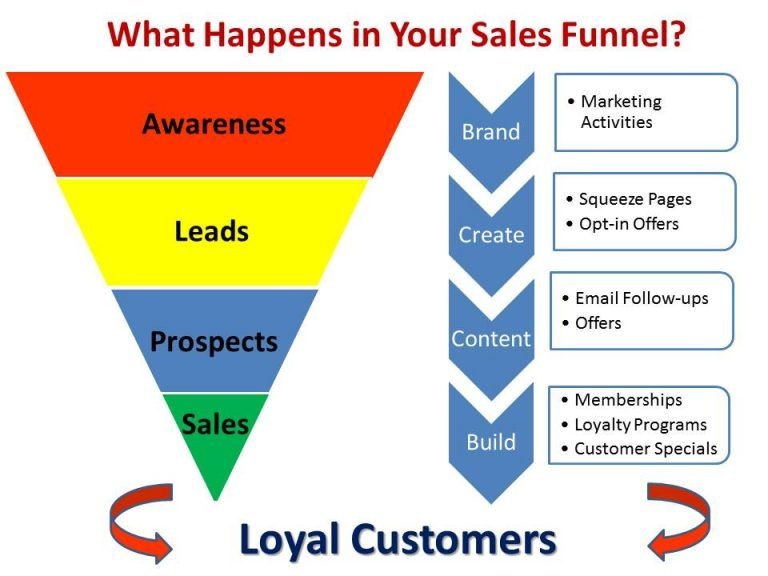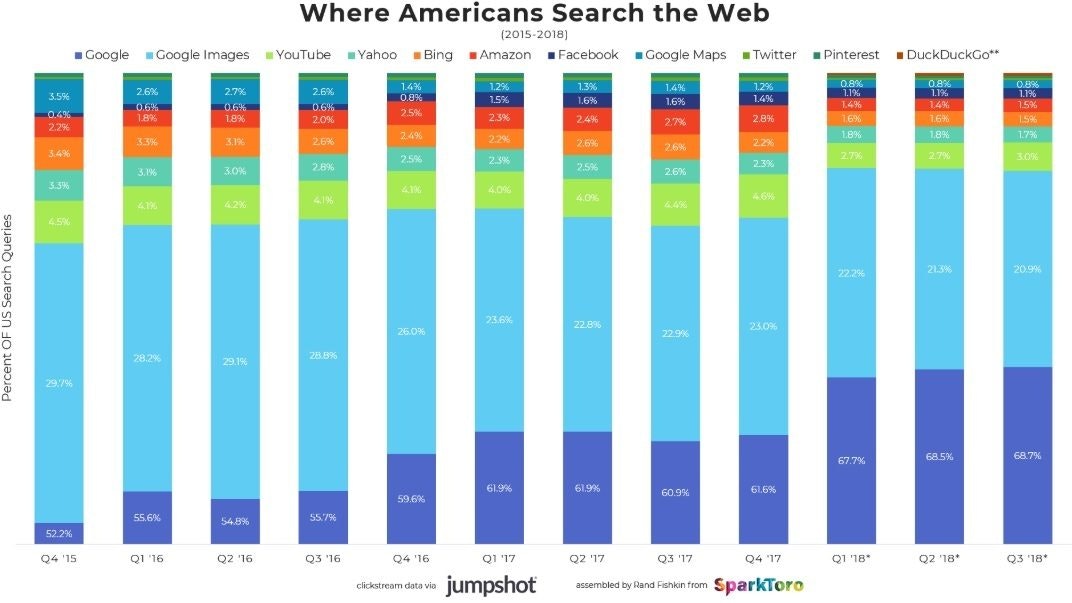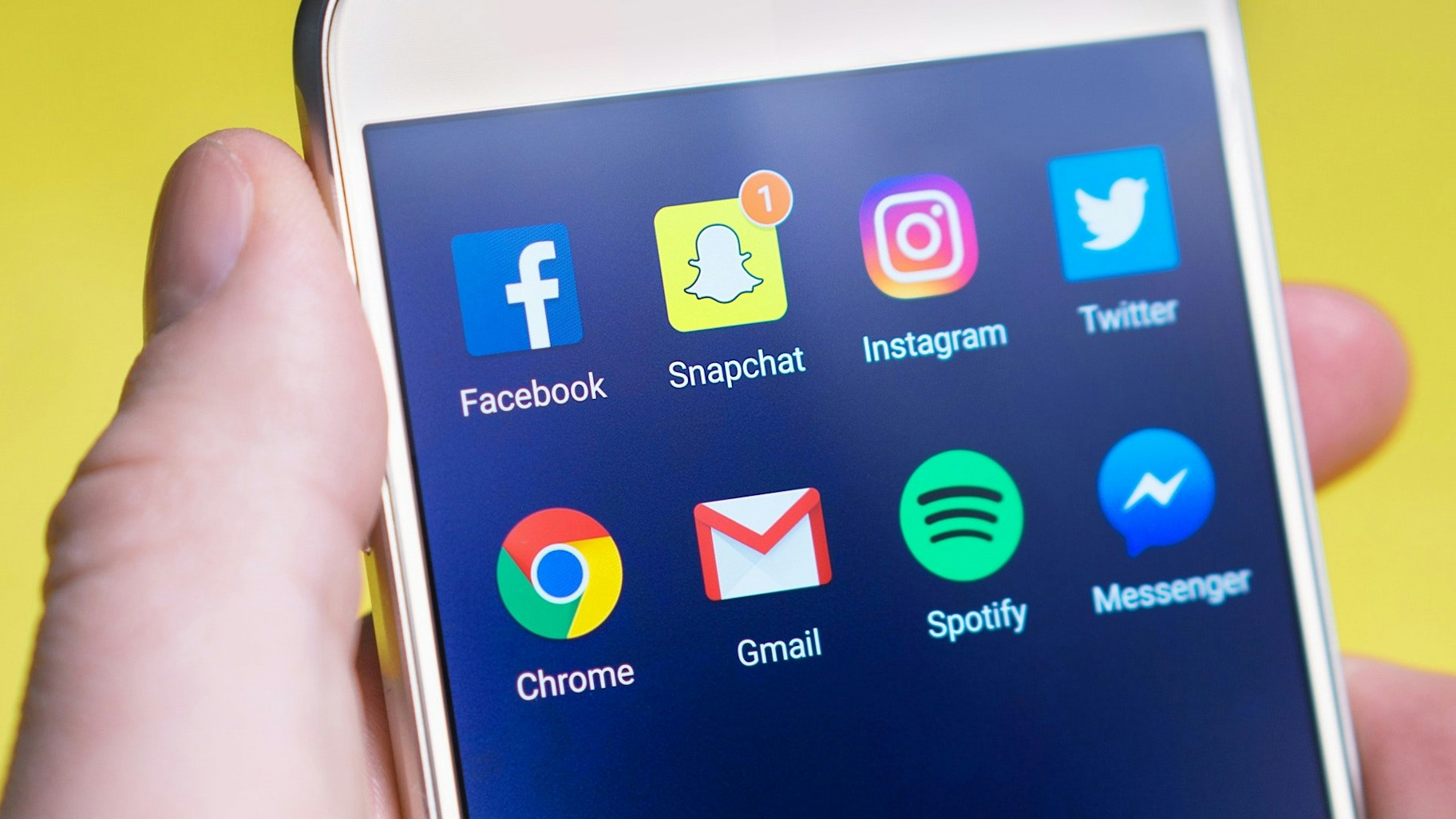Whether or not you know it, you have a marketing funnel. There are a lot of companies that have no clue what a marketing funnel is or how to measure it. In fact, over 68 percent of companies don’t know.
But they still have one.
If you have an amazing product or offer a phenomenal service, but you’re not generating leads or making sales, then you need to take a dive into the world of the marketing funnel. If your business is doing well and you haven’t looked into your marketing funnel, then this post will help you maintain and even improve sales.
This powerful marketing tool can drastically increase sales if you take the time to structure it. With a properly built funnel, you will be able to regularly attract new leads, convert them into buyers, and increase your company’s revenue. No matter whether your store is solely internet-based, or whether it’s a brick-and-mortar store, these guidelines are for you.
But firstly, what is a marketing funnel and how do you utilize it? In this post, we will guide you through simple steps so you can harness the power of the marketing funnel.
Post Contents



What Is A Marketing Funnel?
You can think of the marketing funnel as the buyer’s journey. It is the path that your customers take from finding you to becoming a paying customer. The funnel is just a visual metaphor that is used to simplify the concept.
A funnel is a cylindrical object that is wider at the top and narrow at the bottom. Actual, physical funnels, it is used to channel and control liquids from one source into another, without spilling. You want to use the marketing funnel in the same way – to channel your consumers from being just visitors to becoming loyal customers. Although variables change from business to business, the core principles and process remains the same.
→ Click Here to Launch Your Online Business with Shopify

How It Works
There are four distinct stages in a marketing funnel. No matter what kind of business you’re in, your potential customers all take a very similar path to become paying customers. The four stages are marketing efforts that are specially designed and targeted to your intended audience.
Let’s say you get a new visitor to your website who found you through a Google search. A new visitor is considered a prospect. They spend a short amount of time on your site checking out your blog posts and maybe your products, and then decide to sign up for your email list. This visitor has now become a lead and you are able to market to them outside of your site using email or some other means, hopefully getting them to return to your website and make a purchase.
Understanding this pathway can help you find holes in your marketing funnel where prospects and leads leave the funnel – where they drop out and never convert – allowing you to find ways to repair these holes and increase sales.
Understanding The Stages Of The Marketing Funnel
The four stages consist of awareness, leads, prospects, and sales. Let’s take a more in-depth look at each stage.

Stage One: Awareness
This is where you make yourself seen. Creating awareness is getting your name out there so people are aware of you and what your business offers. When people have a specific problem, and you are capable of fixing that problem, you have the opportunity to make yourself recognizable and memorable. This is the first crucial step in creating a functional marketing funnel.
How To Create Awareness
- Google – When your future customers have some need, whether it be web design, a new hairstylist, SaaS, or a kitchen appliance, you can bet that they will turn to Google to find it. Approximately 90 percent of online searches are performed through Google, and Google sees 3.5 billion searches every day. If you have no online presence, then these stats should tell you that it’s time to create a website.
- Blogging – Creating valuable content for your leads is an excellent way to gain awareness. When your customers perform an internet search for a problem that needs to be solved, they can find you to be a leading resource on the subject. No matter what industry you are in, original blog posts provide the customer with knowledge and prove that you can remedy their situation.
- SEO – Within your website copy and blogging, you must pay attention to search engine optimization (SEO). Using SEO techniques will help you rank higher in Google searches and provide the organic growth that you’re looking for. Regular blogging improves SEO – the more words you have, the more likely it is that the search engine will be able to learn what your site is about and the quality of the content. But it’s important that your website contains beneficial information that is useful to your customers and that reads naturally – don’t just inject keywords everywhere. To learn more about SEO, check out our beginner’s SEO blog.
- YouTube – A staggering 96 percent of Americans between the ages of 18 and 24 use YouTube according to Statista. It is the third most searched platform behind Google and Google Images and is nearly double that of Bing and Yahoo combined. You could even say that YouTube is second to Google in the number of searches. Yet, this platform is surprisingly underutilized by U.S. businesses.

- Forums – You are the leading resource on your subject matter, so act like it. To highlight yourself as a leading source in your industry, be sure to frequent forums like Reddit, appropriate Facebook groups, or Quora and weighing in with your insights and knowledge. These are online communities where people with common interests or common problems gather to discuss and ask questions. Here, you can participate in discussions and share tips while at the same time promoting your brand and bringing awareness to your business. Be careful not to spam, though, these sites often have strict rules of conduct that you must adhere to.
- Social media – Facebook, Instagram, Twitter, Snapchat, TikTok, LinkedIn – these are all social media avenues where you can make yourself seen and where you can gather a following. You can choose multiple social media platforms for your marketing funnel depending on the type of business you operate. The great part about these platforms is that you can also interact with your audience through them.

- Influencers – So now you have a social media presence and you need to foster some brand recognition. What do you do? This is where social media influencers come in. Social media influencers are people who already have a large group of followers who trust them, so why not leverage that? By repping your brand, an influencer can get you some much-needed attention.
- Think outside the box – There are unlimited ways to get noticed. Here are some other great ways to bring awareness to your business or brand:
- Guest author a blog post on someone else’s site.
- Be a guest on a podcast.
- Author a guest email newsletter.
- Present at a conference.
- Participate in a webinar.
- Write an ebook.
Stage Two: Leads
This is the stage in which the awareness you have established turns into leads. The goal here is for your content and presence to have people hooked, so that when they are ready to resolve their particular problem, you are now the first person or business that they think of.
At this stage, your leads are looking for more in-depth and specific information, so it’s a good idea to have content that reflects these more specific search terms. Your leads are refining their search queries, learning, and maybe even comparison shopping.
Your job at this point is to draw them in further, communicate your value, and get them to follow you. This may involve some kind of call to action such as asking for them to subscribe to a newsletter, blog, or channel. The type of call to action largely depends on your niche and what kind of platform you are using to gain awareness.
Stage Three: Prospects
Also called the consideration stage, this is when your potential customers are starting to seriously consider their options. Your leads are getting more serious about choosing a solution to their problem. They have done the research and they know what they need to do, but what makes them choose you instead of your competition?

- Continue producing quality content – You can continue to create and show your value by producing additional content. For example, if you are an accountant, you can produce content about how to choose an accountant. Again, you are not pushing sales, you are providing value.
- Testimonials and ratings – It’s okay to show off how great your ratings are by showcasing them on your website. Display testimonials so that there is no doubt that your customers are happy with your products or services.
- Create a nurture system – A nurture system is a series of emails that gently guide your prospects into becoming paying customers. Again, these emails are not pushing sales, but rather they are showing value. For example, if you sell outerwear, then these emails may contain an announcement of a new feature or fabric, highlight the differences between cold-weather gear and rain gear, or answer a common question. In a nurture system, you can also offer something like a complimentary consultation if it suits the company’s niche.
Stage Four: Sales
You’ve done everything in your power to prove how valuable your business is and your prospects are on the verge of making a decision. This is when they need that extra nudge to push that buy button and convert to paying customers. There are a variety of ways to do this, depending on your niche.

- Free trial offers – Some businesses, especially SaaS companies, will offer a free or highly discounted seven- to ten-day trial with no obligation to commit. This gives your customers a chance to check out your features and really find the value in the service you’re offering.
- Discounts – You can offer discounts or coupon codes for first-time buyers. This is especially useful for eCommerce stores.
- Urgency – Letting your prospects know when a highly sought-after product is going out of stock, or if there is limited space available in a program you’re offering, might convince your prospects to buy.
Make sure your checkout process is as smooth as possible. Clunky checkouts can turn people away and decrease sales.
After The Sale
Your job doesn’t stop once your customer makes a purchase. If a new customer has happily purchased your service, then this is where you welcome them in. Offer training, if necessary, as well as resources to ensure success with your services. If you have an eCommerce store, make sure they are happy with their purchase and ask for a review. If your customer is happy and confident in their purchase, you can also ask for referrals. More than likely, if they had an excellent experience with you, they will tell their friends and colleagues about you. And that’s the kind of low budget marketing that generates recurring sales.
Plugging Leaks
You will not capture every person who comes to your site. It’s normal to lose people during the funneling and nurturing processes. If you’re experiencing an excessive amount of loss, then you’ll want to go back through the stages and re-evaluate. It’s okay to experiment with different platforms until you find what works best for you.
For a more in-depth look at marketing funnels, check out our definitive guide.






